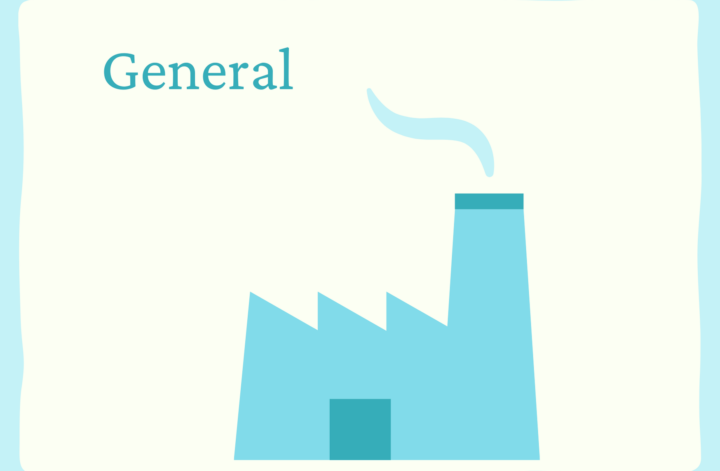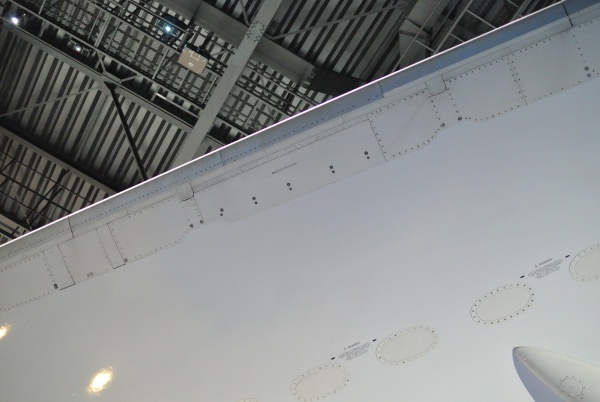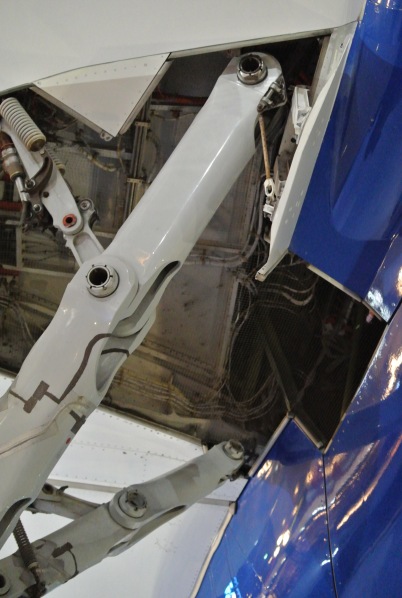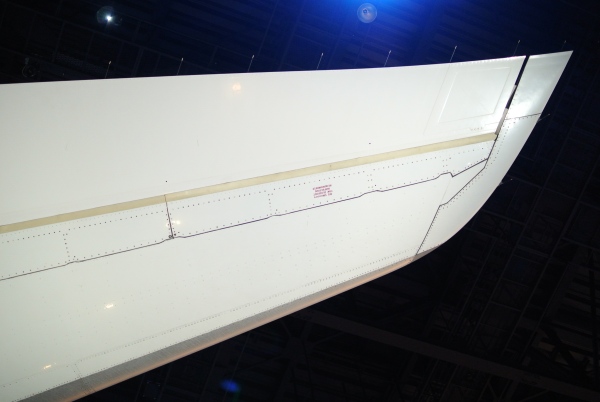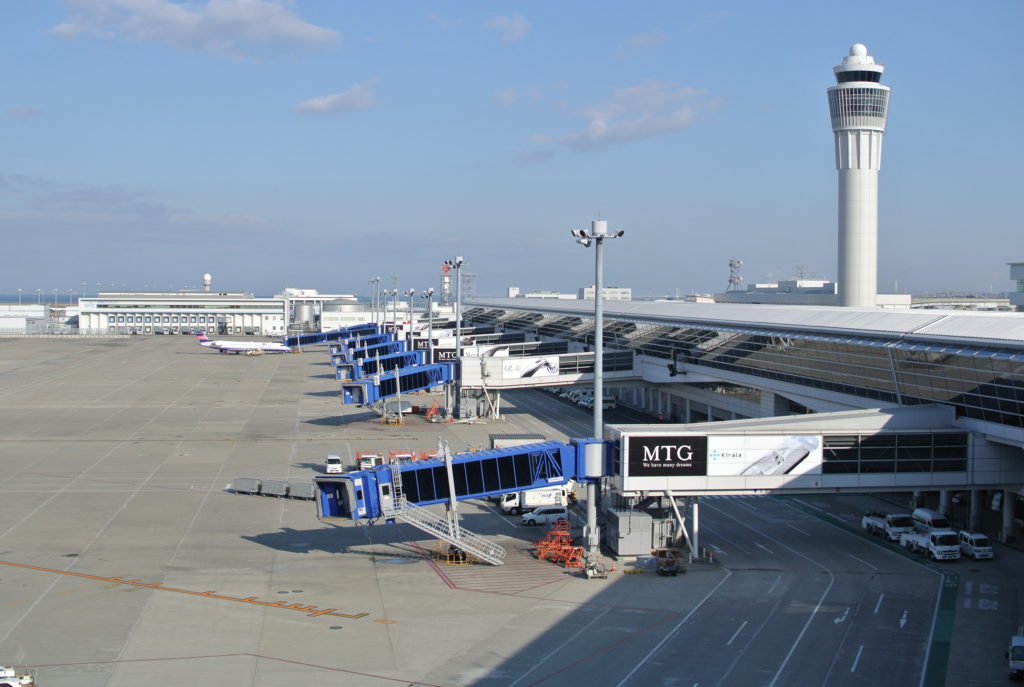今日は、人事に関する表現を学びましょう。
人事は、personnel またはhuman resources (HR)と言います。
(personal ではないので、気を付けましょう。)
それでは、次の文を英語にしてみましょう。いろいろな言い方がありますが、今回はできるだけシンプルに表現してください。
1. 彼は就活をしている。
2. 彼女は今年入社した。
3. 彼は仕事を辞めた。
4. 彼女は転職した。
5. 彼女は大阪支店に異動となった。
6. 彼はマネージャーに昇進した。
7. 彼女は(定年などで)会社を退職した。
8. 彼は首になった。
9. 彼女はリストラされた。
答え
1. He is looking for a job.
2. She joined the company this year.
3. He quit his job. He resigned from his job. He left his job.
4. She changed her job. またはShe changed jobs.(仕事を変えるには、2つの仕事が必要なので、冠詞や所有代名詞がない場合は複数形にします。)
5. She was transferred to the Osaka branch.(受け身で言います。)
6. He was promoted to manager.(受け身で言います。)
7. She retired from the company.(「引退する」という意味ではretireを使います。)
8. He was fired. (「首にする」はfireです。受け身で言います。)
9. She was laid off.(「会社都合の解雇」はlay offです。受け身で言います。)



